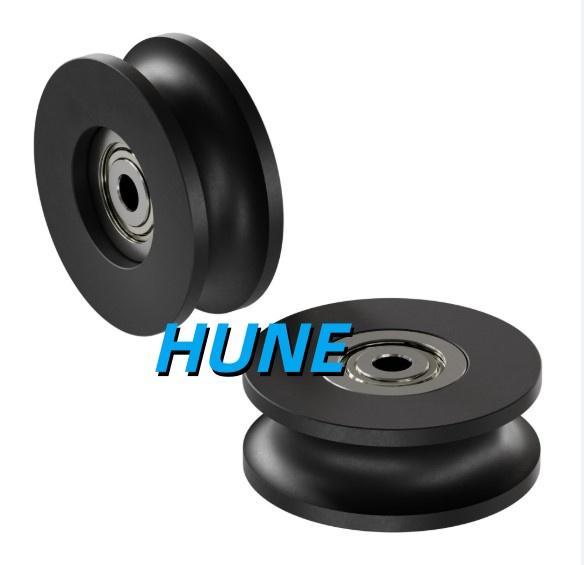What to Consider When Choosing a Ball Bearing Pulley Wheel for Smooth Motion

A Ball Bearing Pulley Wheel serves as a key element in any system requiring rotational movement. The design, material, and assembly quality directly affect motion smoothness, stability, and durability. Choosing a suitable wheel begins with evaluating its internal construction. Ball bearings reduce friction between the wheel and axle, ensuring consistent movement even under continuous use.
1. Material Considerations
The first element to assess is material. Steel, nylon, or composite components are commonly used depending on load and environment. Material properties determine wear resistance, noise level, and compatibility with the surrounding system. Factories test materials for hardness, smoothness, and ability to maintain shape under stress. Proper selection reduces maintenance and improves performance longevity.
2. Tolerance and Alignment
Precision in manufacturing ensures that the wheel rotates evenly. Even minor deviations can cause wobble, uneven wear, or increased friction. Factories apply strict tolerance checks during machining and assembly, ensuring each wheel aligns perfectly with its axle. Buyers who verify production standards can anticipate consistent motion and fewer issues during installation.
3. Bearing Quality
The ball bearings inside the pulley wheel dictate friction levels and rotation smoothness. Quality bearings reduce resistance and support repeated cycles without degradation. Factories often test bearings under simulated operational conditions to ensure minimal vibration and smooth function. Buyers focusing on bearing quality achieve reliable performance in demanding applications.
4. Lubrication and Surface Finish
Surface finish and lubrication affect both noise and wear. Polished surfaces and carefully applied lubrication minimize friction, reduce squeaks, and extend life. Production teams ensure consistency by controlling surface roughness and lubricant application, resulting in predictable, quiet operation. Buyers gain confidence when suppliers follow these steps systematically.
5. Load Capacity and Stress Distribution
A pulley wheel must handle the expected load without deformation. Factory teams examine how the wheel distributes stress across bearings and wheel surfaces. Even load distribution prevents premature wear and maintains smooth operation. Buyers evaluating wheels should consider the intended application and verify manufacturer testing for stability under expected conditions.
6. Installation Compatibility
Correct installation ensures the wheel functions as intended. Factories provide guidelines for axle diameter, track width, and mounting positions. Buyers benefit from reviewing compatibility information to avoid operational issues and ensure optimal motion performance. Proper installation supports efficiency and quiet operation across applications.
7. Communication and Supplier Guidance
Experienced suppliers like Hunepulley provide guidance on selecting the right wheel for specific needs. They offer insight into material choice, bearing quality, and operational suitability. Engaging with suppliers early helps buyers match components to the system, reducing trial-and-error adjustments and ensuring smooth, reliable motion.
Selecting a Ball Bearing Pulley Wheel requires attention to material, tolerance, bearing quality, surface finish, and load distribution. Factories that maintain strict production standards and provide guidance support reliable, consistent operation. Buyers seeking detailed product insights and practical advice can consult Hunepulley at https://www.hunepulley.com/


